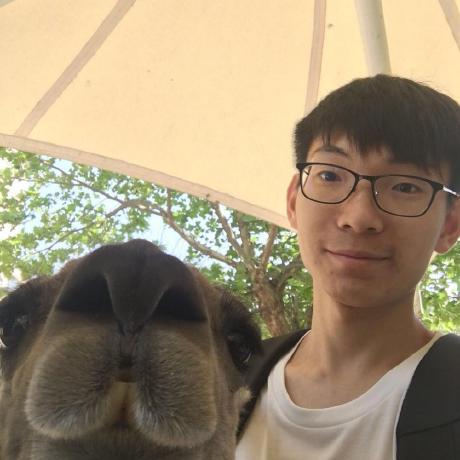使用 LangChain 的评估器进行评估#
学习目标 - 完成本教程后,您应该能够
将 LangChain 评估器应用程序转换为
flex flow。使用
CustomConnection存储密钥。
0. 安装依赖包#
%%capture --no-stderr
%pip install -r ./requirements.txt
1. 使用 Prompt Flow 跟踪您的 LangChain 评估器#
初始化一个 PF 客户端#
from promptflow.client import PFClient
pf = PFClient()
创建一个自定义连接以保护您的 API 密钥#
您可以在自定义连接的密钥中保护您的 API 密钥。
import os
from dotenv import load_dotenv
from promptflow.entities import CustomConnection
conn_name = "my_llm_connection"
try:
conn = pf.connections.get(name=conn_name)
print("using existing connection")
except:
if "AZURE_OPENAI_API_KEY" not in os.environ:
# load environment variables from .env file
load_dotenv()
# put API key in secrets
connection = CustomConnection(
name=conn_name,
configs={
"azure_endpoint": os.environ["AZURE_OPENAI_ENDPOINT"],
},
secrets={
# store API key
# "anthropic_api_key": "<your-api-key>",
"openai_api_key": os.environ["AZURE_OPENAI_API_KEY"],
},
)
# Create the connection, note that all secret values will be scrubbed in the returned result
conn = pf.connections.create_or_update(connection)
print("successfully created connection")
print(conn)
使用跟踪测试评估器#
from eval_conciseness import LangChainEvaluator
evaluator = LangChainEvaluator(custom_connection=conn)
result = evaluator(
prediction="What's 2+2? That's an elementary question. The answer you're looking for is that two and two is four.",
input="What's 2+2?",
)
print(result)
2. 使用 flow yaml 批量运行评估器#
创建一个 flow.flex.yaml 文件来定义一个流,其入口指向我们定义的 Python 函数。
data = "./data.jsonl" # path to the data file
# create run with the flow function and data
base_run = pf.run(
flow="./flow.flex.yaml",
# reference custom connection by name
init={
"custom_connection": "my_llm_connection",
},
data=data,
column_mapping={
"prediction": "${data.prediction}",
"input": "${data.input}",
},
stream=True,
)
details = pf.get_details(base_run)
details.head(10)
pf.visualize([base_run])


